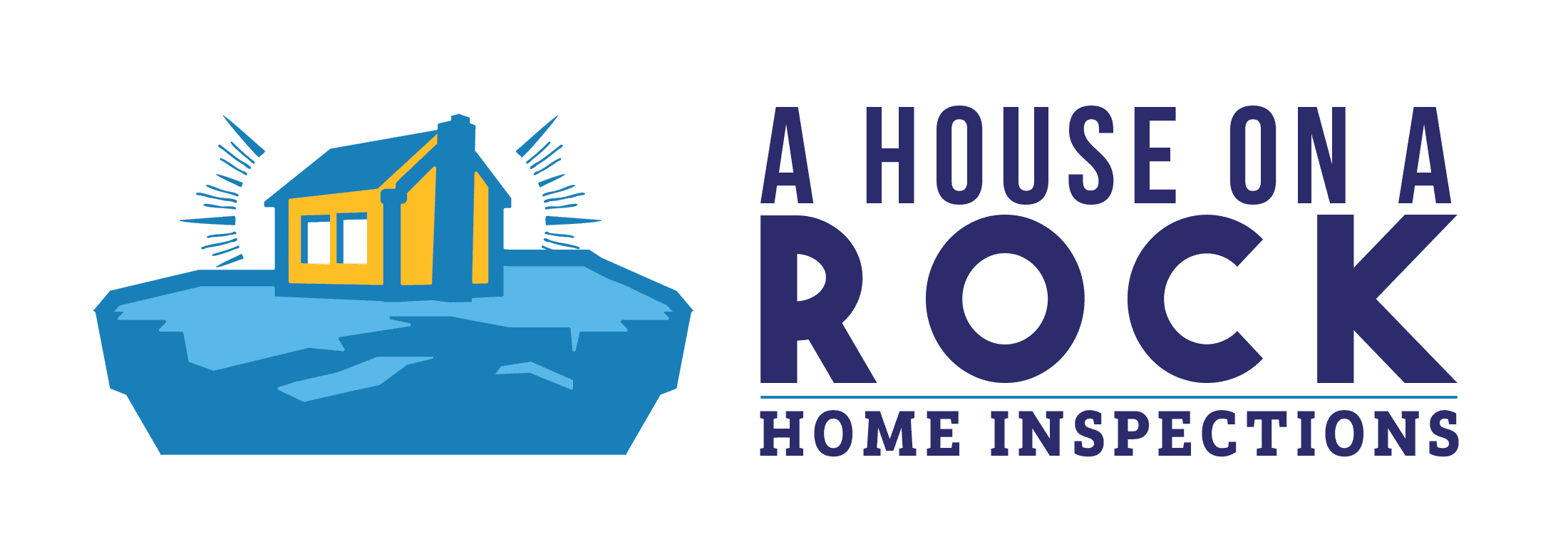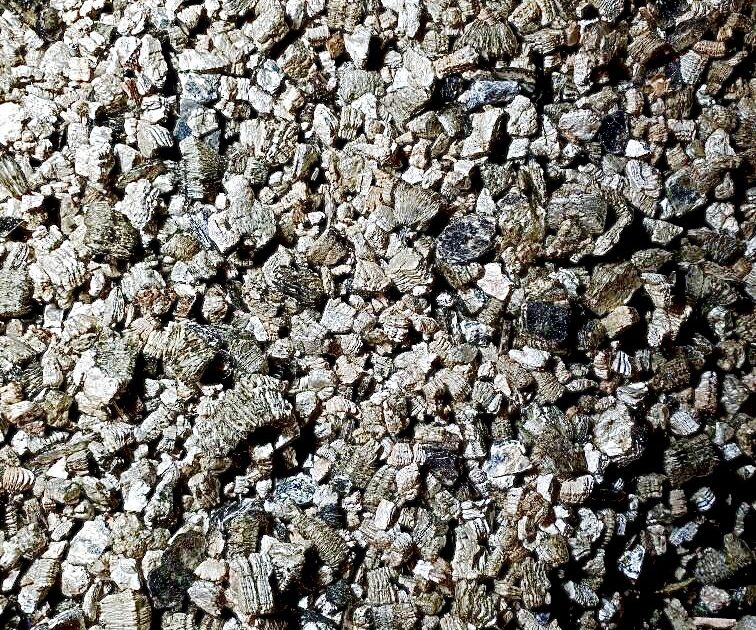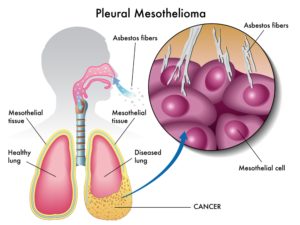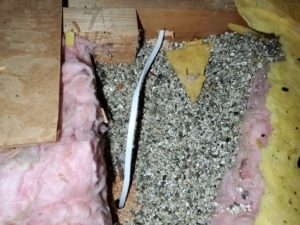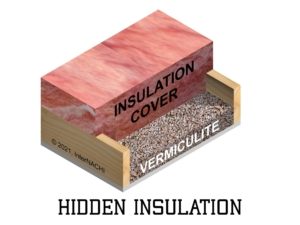What is Vermiculite Insulation?
Vermiculite insulation looks like pebbles, or gravel. It is poured into an attic floor, and sometimes the walls. Vermiculite is a naturally occurring stone that is mined in the form of shiny flakes. Then it’s heated to make the insulation product. The heating process expands the flakes up to 30x its original size with lots of tiny pockets of air. This lightweight, airy structure, combined with its natural resistance to heat, made it a good insulation product.
Home inspectors and contractors often confuse it with it cellulose. However, it is nothing like cellulose. Cellulose is soft and made of recycled and ground up paper products and saturated with fire retardant chemicals.
Vermiculite does not contain any asbestos in its natural state. However, most of the vermiculite mined in America comes from Libby, Montana. These mines were adjacent to a natural deposit of asbestos. Accordingly, the vermiculite was tainted by asbestos fibers from the asbestos vein. Since most of vermiculite in America comes from the Libby mines, that the EPA (Environmental Protection Agency) states that you should assume all vermiculite is contaminated.
Realtors working an area with lots of older houses, or home buyers allured by the architecture and style of older homes, are to run into asbestos at some point. Most people know asbestos is some kind of health risk. That is usually the extent of their knowledge. Some may have even read about asbestos in baby powder.
So, What is Asbestos?
Asbestos is a naturally occurring product that is great at resisting heat. It has been used in wire insulation, attic and wall insulation, pipe insulation, exterior siding, floor tiles, roofing shingles, popcorn ceilings and many more building materials.
The good news is that only friable asbestos is considered to be dangerous. Friable means easily crumbled. Materials that are friable will release asbestos fibers into the air. Inhaled fibers get permanently stuck in our lungs and cause lung diseases such as asbestosis and mesothelioma.
Asbestos products like siding and floor tiles generally aren’t friable and aren’t able to cause any health issues if they are in good condition.
Unfortunately, vermiculite attic insulation is considered friable. Even though pure vermiculite contains no asbestos, the majority of vermiculite insulation produced in North America, comes from the Libby mines. And even though only a test can confirm the presence of asbestos, the EPA says you should assume vermiculite has asbestos content.
Do Home Inspectors Check for Vermiculite and Asbestos?
InterNACHI is the largest and most respected home inspector association. They state that home inspectors are not required to inspect, or test for, any environmental hazards. This includes vermiculite and asbestos. That being said, many home inspectors do point out items that they suspect may be. ACM (asbestos containing material). However, there are millions of products that contain asbestos and home inspectors only perform a limited, visual inspection.
Vermiculite can be hidden under blown in fiberglass, fiberglass batts, or other types of insulation. That makes it important to have a thorough inspector who knows when further investigation is warranted.
There is no guarantee that a home inspector will find vermiculite, but effort and experience increase the chances.
What if You Suspect You Have Vermiculite Insulation, or other ACM?
With vermiculite insulation, it is safe to assume the product as asbestos and treat it as such. In most cases though, you will need a test to confirm the presence of asbestos.
If a material in your home does test positive for asbestos, and it is friable, or you will be removing, or renovating the material, you should hire a professional asbestos abatement contractor. Even though most, if not all States allow homeowners to perform their asbestos removal, the high risk of a home owner contaminating the house with fine particles of asbestos, is not worth it.
Vermiculite Insulation is a Unique Situation.
Approximately 75 percent of the vermiculite insulation in the US was manufactured and sold by Zonolite. Zonolite is a brand owned by W.R. Grace & Company. They took over the mines in Libby, and knew of the asbestos contamination of the vermiculite, but did not warn anyone.
W.R. Grace was later part of a major class-action lawsuit which resulted in the ZAI Trust (zonolite attic insulation trust). Homeowners who have the zonolite brand of insulation are entitled to partial reimbursement for removal of vermiculite insulation. In some cases you may even be partially reimbursed for the cost to reinsulate the area.
Bottom Line on Vermiculite Insulation
Vermiculite generally refers to a type of insulation that most likely contains asbestos, which is known to cause a variety of health problems. The best course of action is to assume it has asbestos, have it removed by asbestos abatement professionals, and if inclined, go through the process of determining if your vermiculite was zonolite and getting reimbursed for the removal.
A House on a Rock a Home Inspections is an Amazon Affiliate. We recommend important products to our readers and may make a commission on qualifying purchases.
As an Amazon Associate I earn from qualifying purchases. So I provide you with you relevant knowledge and products to make extra money 🙂
